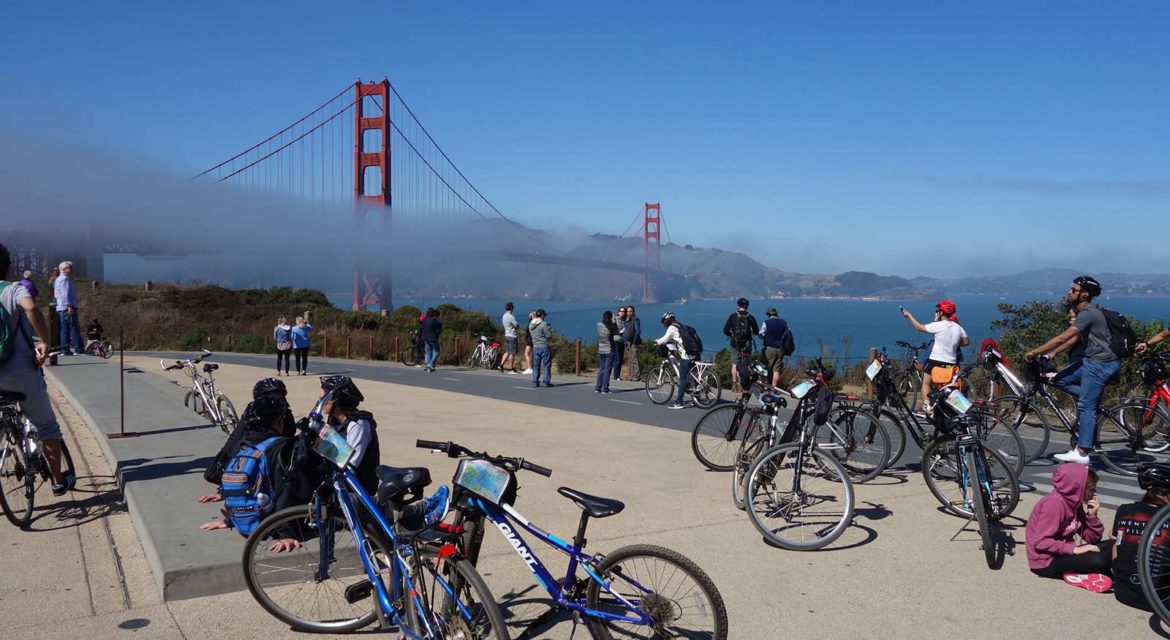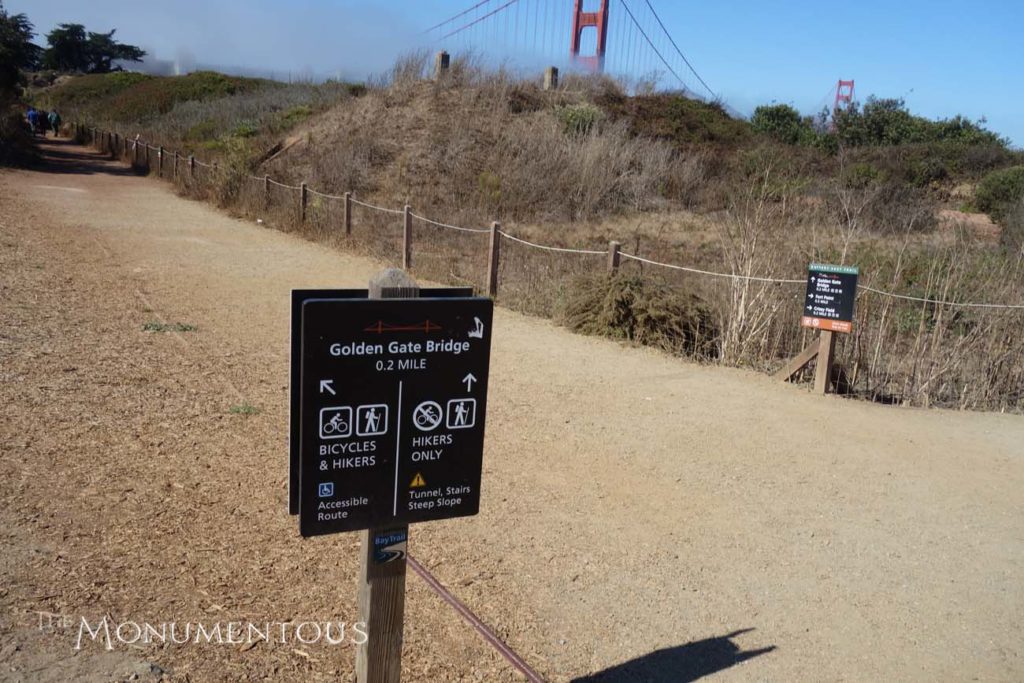 To say the Golden Gate Bridge in San Francisco is an icon of architecture and even America itself doesn’t begin to explain the significance of the structure. Seeing the American Society of Civil Engineers declare the bridge one of the Wonders of the Modern World as well as the number of movies that include the bridge provide just a small sample of the cultural legacy it has established.
To say the Golden Gate Bridge in San Francisco is an icon of architecture and even America itself doesn’t begin to explain the significance of the structure. Seeing the American Society of Civil Engineers declare the bridge one of the Wonders of the Modern World as well as the number of movies that include the bridge provide just a small sample of the cultural legacy it has established.
Few would deny that the beauty and splendor of the bridge itself have enabled this influence, but the installation of the Visitor’s Center as well as the paths up to and around the bridge have facilitated an even more robust and memorable experience at the bridge. These features have created destinations and activities at and around the bridge for residents and tourists that are taking this cultural legacy to a whole new level.
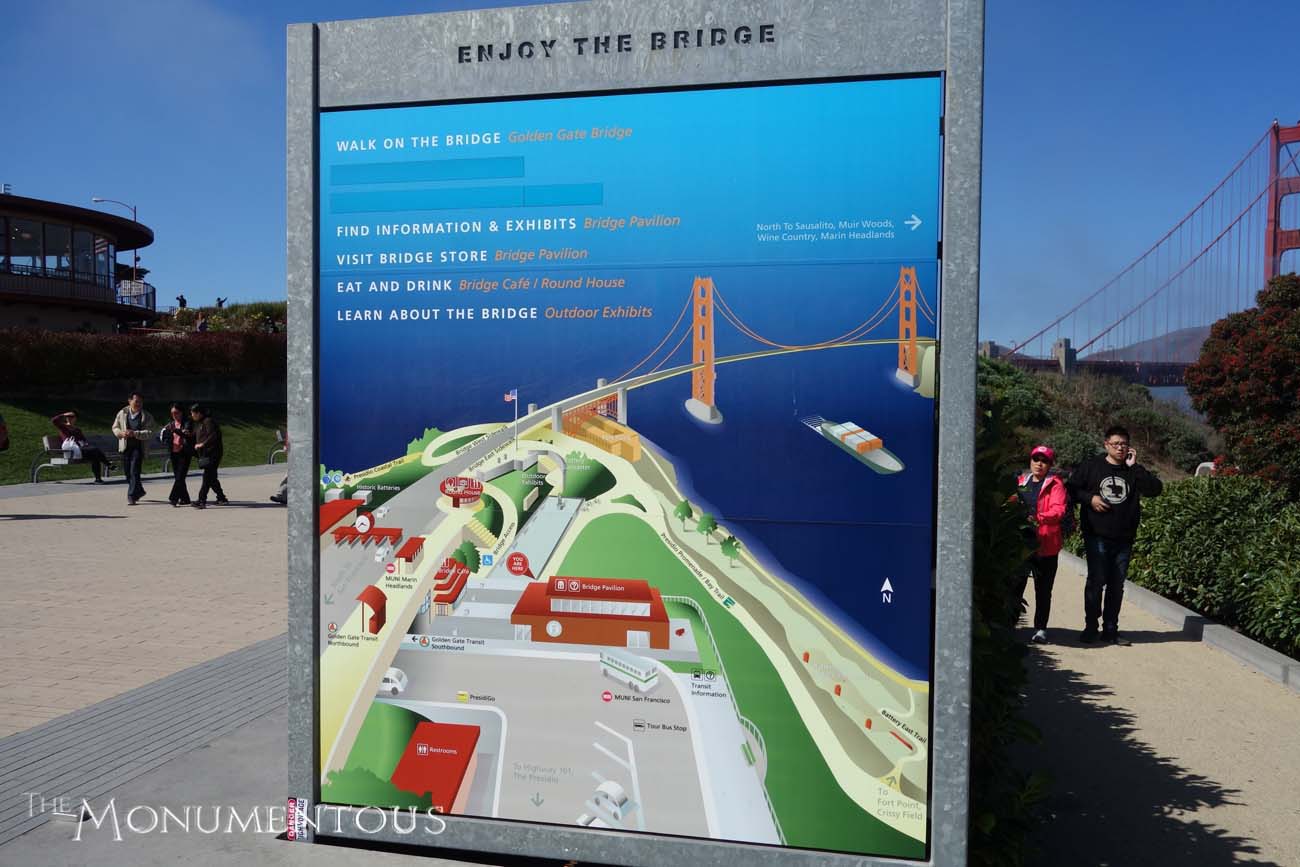
A Historical, Cultural, and Human Context
Construction on the Golden Gate Bridge itself was completed in 1937, while the Golden Gate National Recreation Area has a history that stretches back to 1972. Locations in the park include Alcatrez Island as well as Lands End, but the most significant history assocaited with this new level of engagement at the bridge only goes back to 2012.
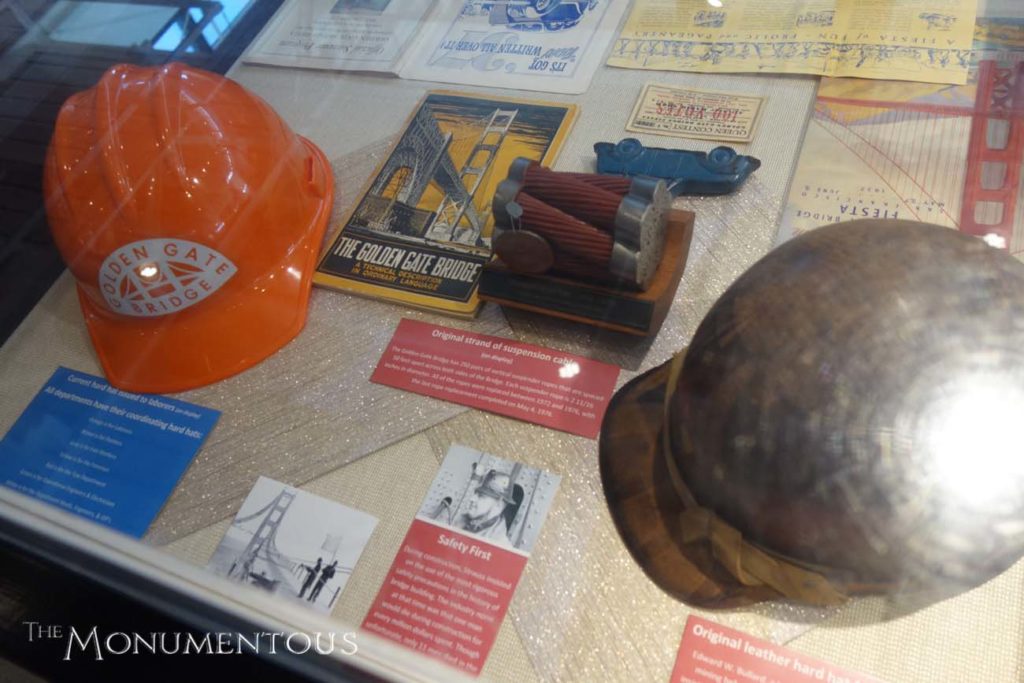 In 2012, the Bridge Plaza was renovated to celebrate the 75th anniversary of the Golden Gate Bridge. Officials from various agencies worked together to make significant enhancements around how visitors are able to experience and enjoy the bridge. These improvements were designed to help visitors put their experience at the bridge into a historical, cultural, and human context.
In 2012, the Bridge Plaza was renovated to celebrate the 75th anniversary of the Golden Gate Bridge. Officials from various agencies worked together to make significant enhancements around how visitors are able to experience and enjoy the bridge. These improvements were designed to help visitors put their experience at the bridge into a historical, cultural, and human context.
The Bridge Pavilion serves as a visitor orientation and welcome center. Artifacts and photographs showcasing various pieces of history are displayed throughout the complex. The Art Deco Round House was also renovated in 2012, and it serves as the starting point for guided public tours of the bridge. Additionally, efforts were made to enhance pedestrian and bikers access to the bridge, which was a key development since the bridge serves as an important connection point for a variety of hiking and bike trails.
These enhancements have created a more personal experience for both residents and tourists. Given the iconic nature of the bridge, that experience might exist regardless of whether or not these enhancements had been made, but the engagement they’ve enabled is what makes all the difference.
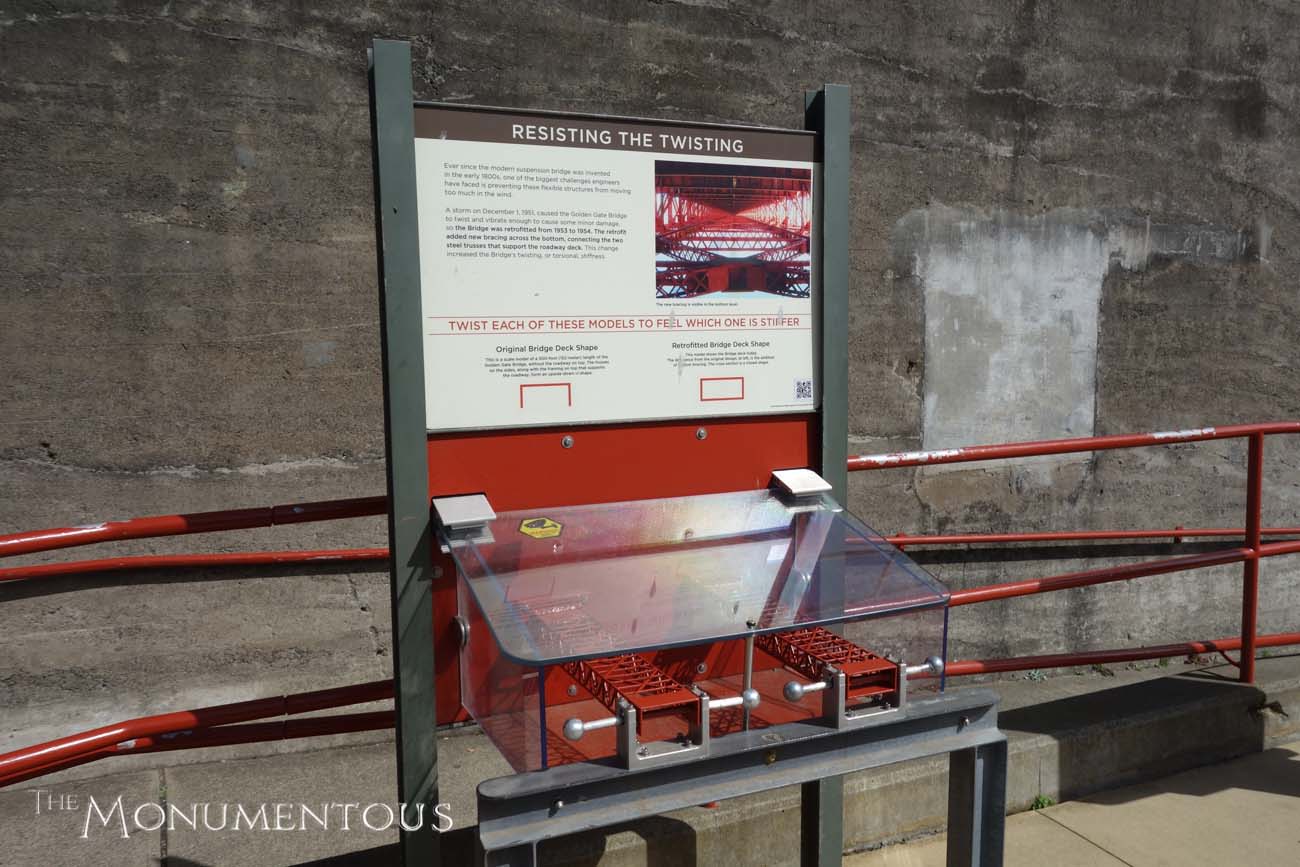
Engaging with an Icon
For more than 20 years the Golden Gate Bridge was the longest suspension bridge in the world, which undoubtedly influenced its iconic nature. That fact is just part of the appeal of the bridge though, since there are countless bridges across the United States and even the world, some of which are now bigger and/or longer than the Golden Gate. While few have the kind of history associated with them as the Golden Gate Bridge, even fewer have tried to create an experience for visitors. That’s a difference that means more now than it ever has in the past.
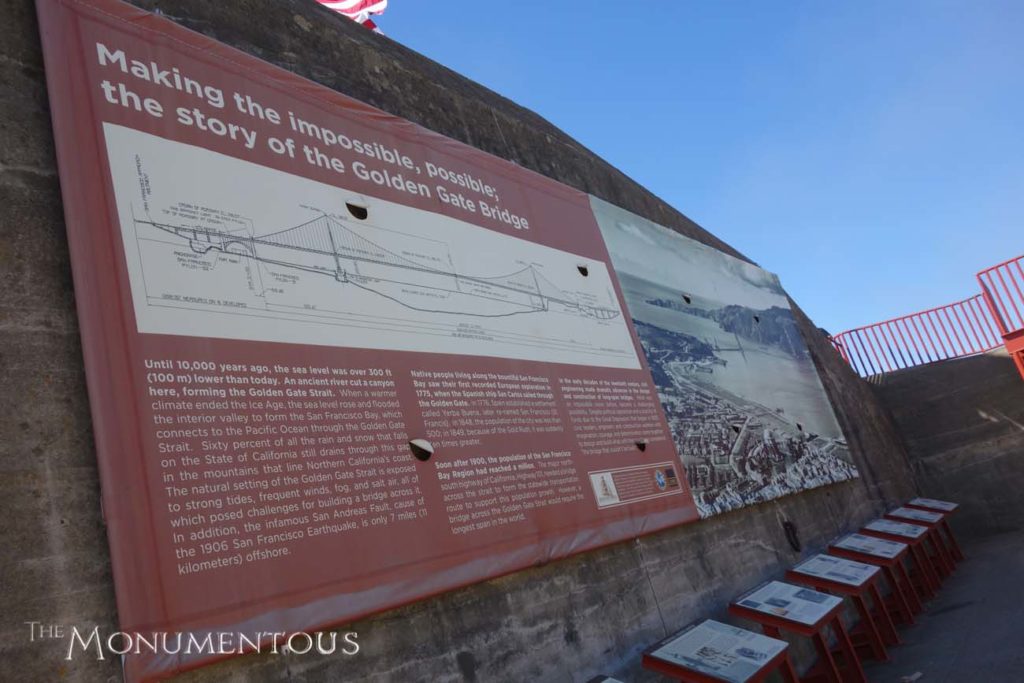 The history of the Golden Gate Bridge itself is an incredibly rich one, which makes the efforts to showcase that history for visitors so poignant. “The Story of the Golden Gate Bridge” is literally on display for visitors, which allows them to learn about the engineering and history of the bridge. This history is further highlighted with areas like the “Joseph Strauss Legacy Circle”, which honor the chief engineer of the bridge.
The history of the Golden Gate Bridge itself is an incredibly rich one, which makes the efforts to showcase that history for visitors so poignant. “The Story of the Golden Gate Bridge” is literally on display for visitors, which allows them to learn about the engineering and history of the bridge. This history is further highlighted with areas like the “Joseph Strauss Legacy Circle”, which honor the chief engineer of the bridge.
In addition to the history, features like “How the Bridge Vibrates” allow visitors to get a sense of how the bridge actually functions. The “Seismic Retrofits & Historic Preservation” display as well as the bronze “The Golden Gate Bridge” enables viewers to get a better understanding of past and present engineering logistics that are associated with the structure.
The large parking area provides easy access to the Bridge Plaza, which in turn gives both pedestrians and bikers the ability to walk up to and onto the bridge itself. Visitors have had this kind of access to the bridge for a long time now, and the ability to literally reach out and touch the bridge creates an undeniable connection to it. Improved access to trails that start or end at the bridge has given these visitors that much more to do and engage with as well.
This new level of engagement has created economic opportunities that are being realized at the bridge itself and across the city.
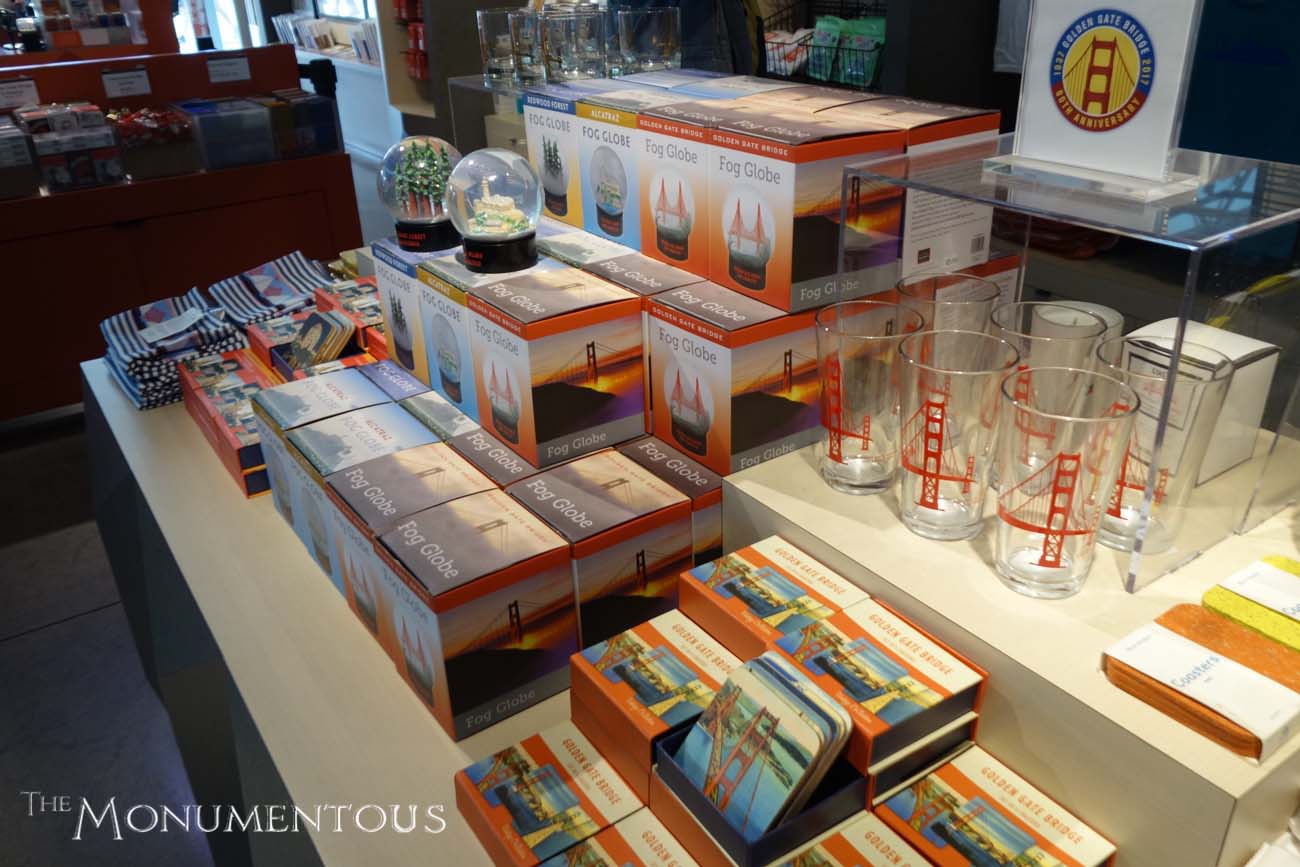
What Kind of an Economic Influence Can an Icon Create?
Some might look at the tolls that have always been charged to automobiles to cross the bridge as a great example of the economic impact it has enabled. However, that revenue is totally separate from the capital that’s being generated on account of the established and newly created experience at the bridge.
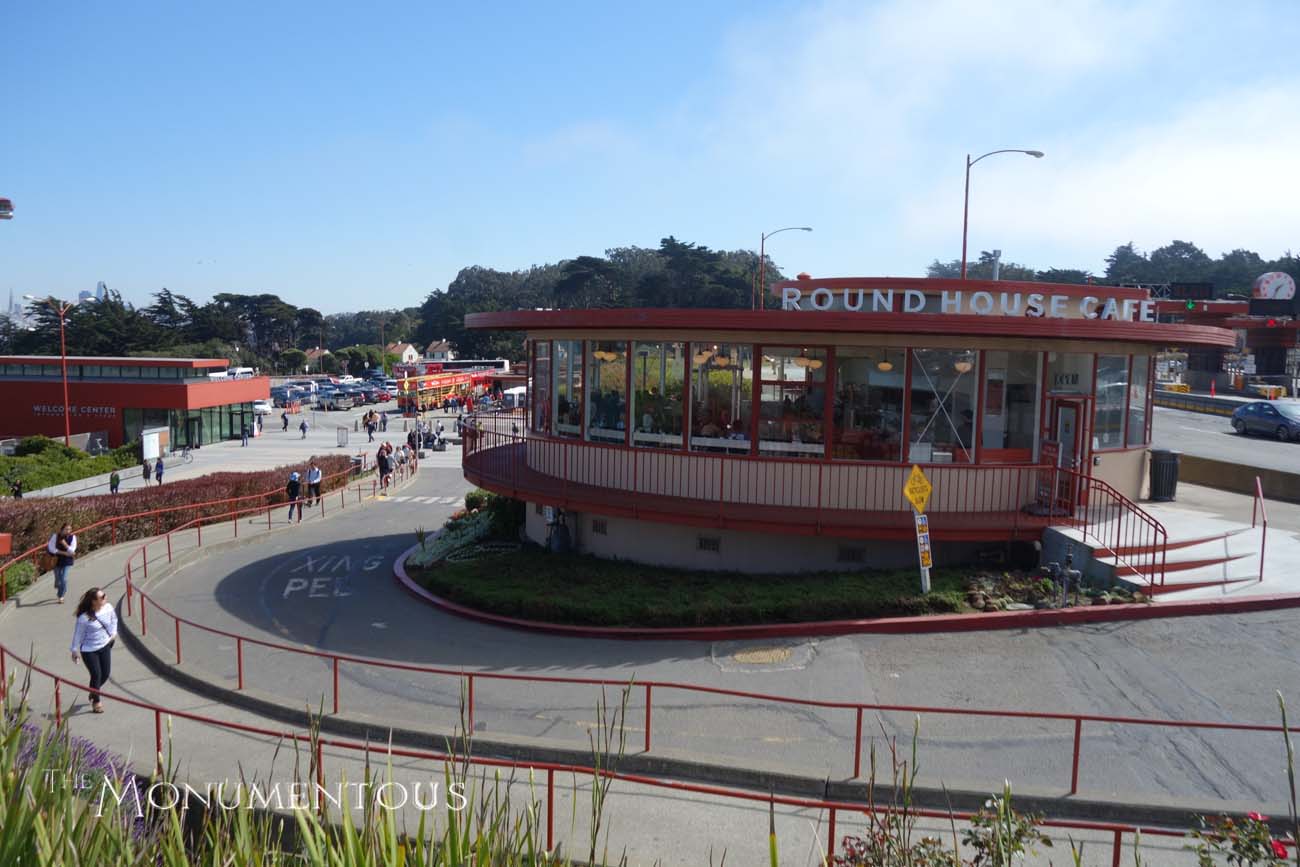 At the Bridge Pavilion, visitors are able to purchase a number of different items that range from snow globes to books to posters. At the Round House Cafe, visitors can sign up for 45 or 60 minute guided walking tours on the bridge, and tours that operate at night are also being offered. These tours are in addition to countless others that bring entire busloads of people to the area. The Bridge Café also offers visitors with a place to purchase something quick and easy for their trip across the bridge or after arriving here from one of the many trails that ends at this spot.
At the Bridge Pavilion, visitors are able to purchase a number of different items that range from snow globes to books to posters. At the Round House Cafe, visitors can sign up for 45 or 60 minute guided walking tours on the bridge, and tours that operate at night are also being offered. These tours are in addition to countless others that bring entire busloads of people to the area. The Bridge Café also offers visitors with a place to purchase something quick and easy for their trip across the bridge or after arriving here from one of the many trails that ends at this spot.
These trails include the “Batteries to Bluffs Trail, the California Coastal Trail, the Bay Trail, the Presidio Promenade Trail and plenty more. Better access to these trails has proved to be an additional draw for visitors who are looking to hike them themselves or as part of a larger group. Additionally, the improved access to nearby attractions like Fort Point and Crissy Field provide additional reasons to spend an afternoon or entire day in the area.
The economic opportunities the bridge has enabled go far beyond these specific instances though. They provide a hint of what’s possible when visitors are able to interact with an icon like the Golden Gate. It’s one thing to appreciate a monumental structure that happens to exist in a given location, but it’s quite another to interact with it. That engagement is what has helped open up these economic opportunities and further cement the iconic nature of the bridge.
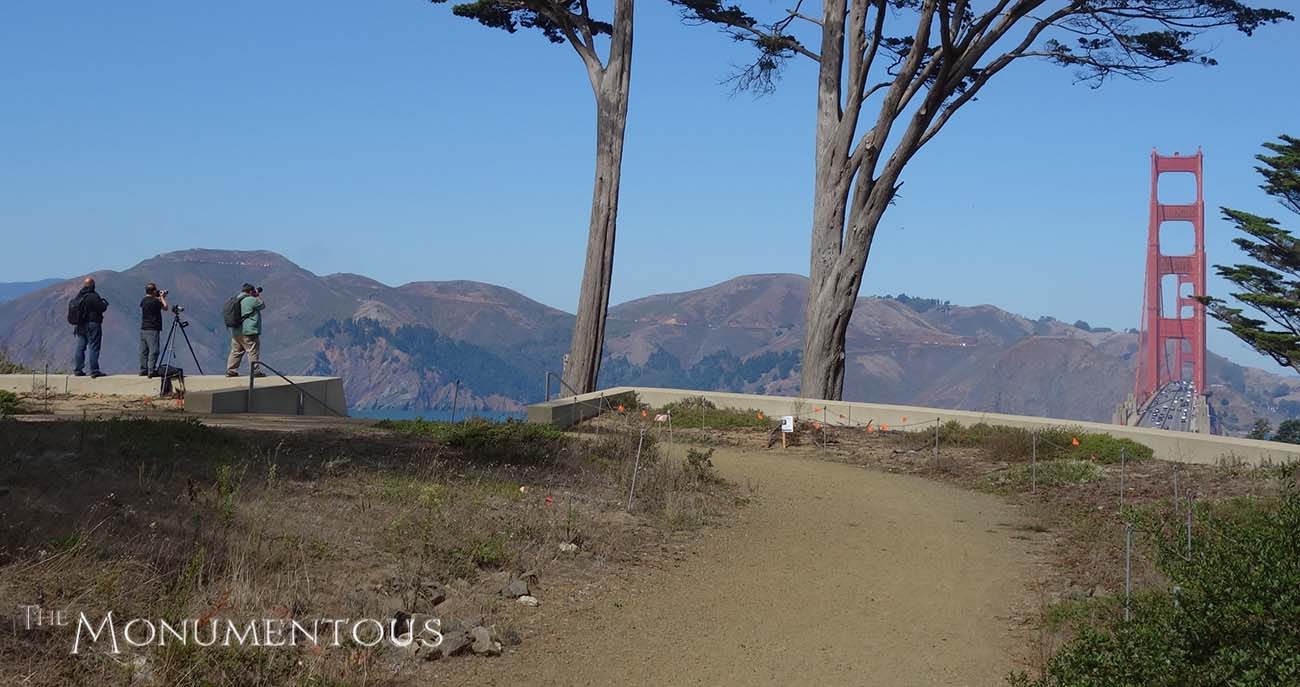
The Evolution of a Legacy
The iconic nature of the Golden Gate Bridge is something that’s easy to recognize with the number of books, films and TV shows it has appeared in, and the root of that influence is about more than aesthetics or amount of vehicles that cross it every day. The day before vehicle traffic was allowed, 200,000 people crossed the bridge, and pedestrian access has been an important part of the bridge ever since then. That access has been taken to another level with the renovations to the Bridge Plaza.
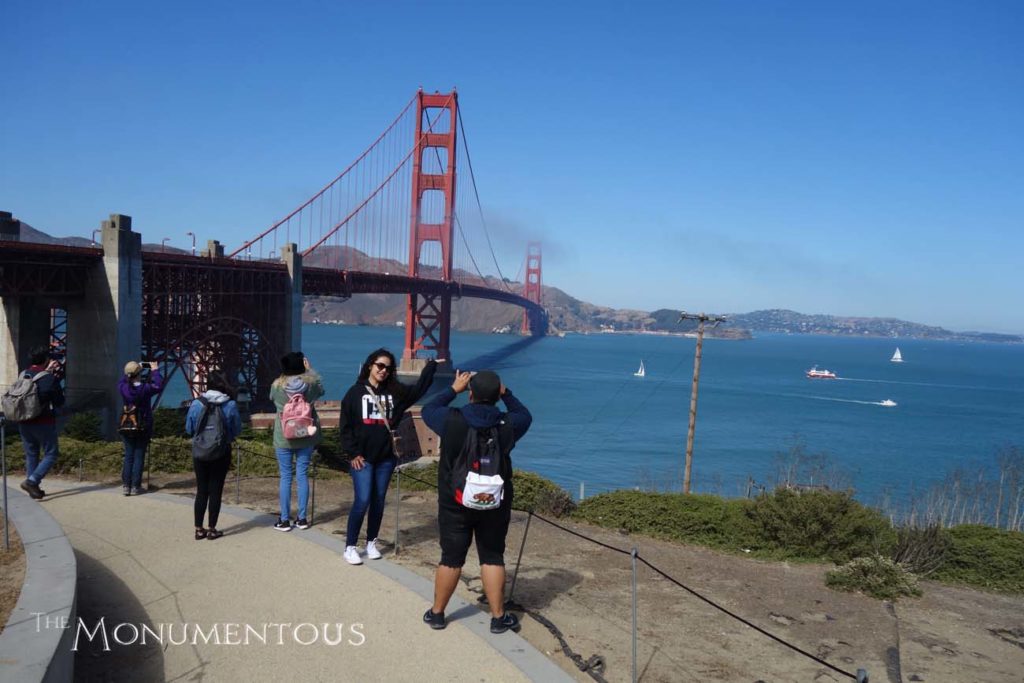 The amount of pedestrians, bikers and hikers that cross the bridge on a daily basis are significant, and doing so is practically a rite-of-passage for anyone who visits the city. Being able to augment that experience with a historical, cultural, and human context has enabled visitors and residents to enjoy that much more from the experience. It’s also meant that many more people are looking to take part in it.
The amount of pedestrians, bikers and hikers that cross the bridge on a daily basis are significant, and doing so is practically a rite-of-passage for anyone who visits the city. Being able to augment that experience with a historical, cultural, and human context has enabled visitors and residents to enjoy that much more from the experience. It’s also meant that many more people are looking to take part in it.
The Golden Gate Bridge has been an important part of the legacy of San Francisco and even America ever since it was erected, but seeing that legacy evolve has been a conscious effort which continues to grow and change. The literal and figurative foundation laid down with the Bridge Plaza serves as an incredibly important part of this development.
